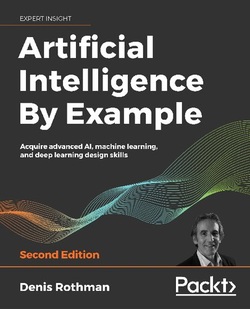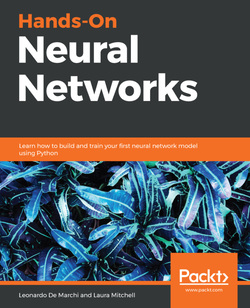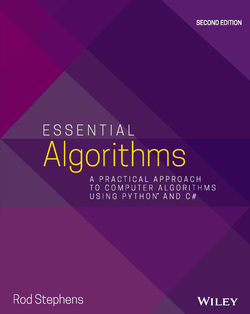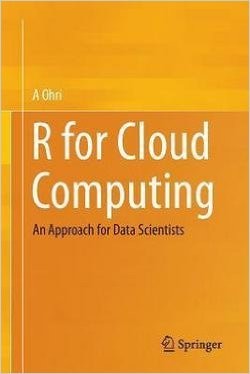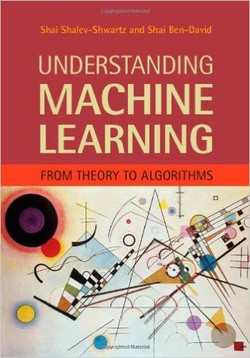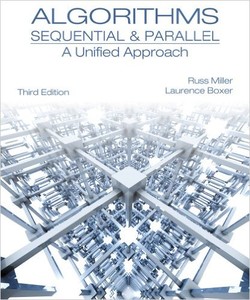سال انتشار: 2020 | تعداد صفحات: 317 | حجم فایل: 13.48 مگابایت | زبان: انگلیسی
Hands-On Deep Learning with R: A practical guide to designing, building, and improving neural network models using R
نویسنده:
Michael Pawlus, Rodger Devine
ناشر:
Packt Publishing
ISBN10:
1788996836
ISBN13:
9781788996839












